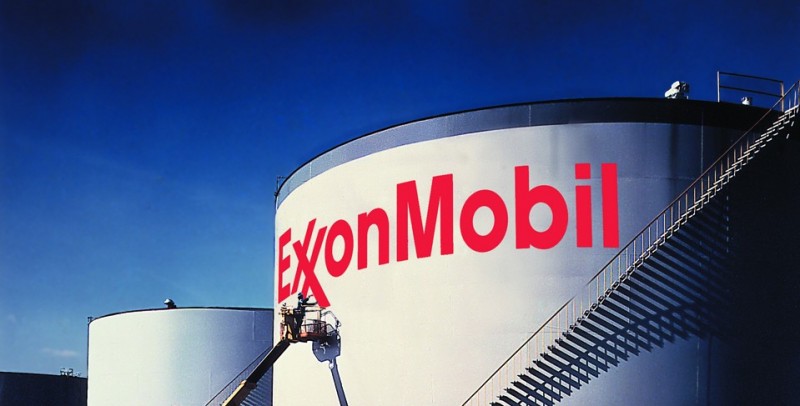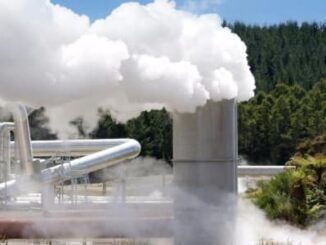
The Securities and Exchange Commission launched an investigation of Exxon Mobil Corp. XOM 3.90% after an employee filed a whistleblower complaint last fall alleging that the energy giant overvalued one of its most important oil and gas properties, according to people familiar with the matter.
Several people involved in valuing a key asset in the Permian Basin, currently the highest-producing U.S. oil field, complained during an internal assessment in 2019 that employees were being forced to use unrealistic assumptions about how quickly the company could drill wells there to arrive at a higher value, according to a copy of the complaint, which was reviewed by The Wall Street Journal.
At least one of the employees who complained was fired last year, according to a person familiar with the matter. The Journal previously reported that there had been internal disagreements over the valuation.
The SEC began investigating the claims after receiving the complaint, people familiar with the matter said. The current status of the investigation is unknown. A SEC spokesman declined to comment.
Exxon spokesman Casey Norton declined to comment on the existence of an investigation. He said that if asked by authorities about the 2019 assessment, Exxon would provide information that shows Exxon’s actual performance exceeded the drilling estimates. Mr. Norton also said Exxon doesn’t comment on employees’ performance.
“We cannot comment on the reasons for an unnamed employee’s separation from the company,” Mr. Norton said.
Under the SEC whistleblower program, individuals who provide information that results in a penalty can receive a share of the monetary penalty.
The investigation might now fall to an appointee of the incoming Biden administration, which is expected to choose Gary Gensler, a former financial regulator and Goldman Sachs Group Inc. executive, to head the SEC, the Journal reported Tuesday.
In November, Exxon pulled back from an ambitious plan by Chief Executive Darren Woods to boost its overall oil and gas production by one million barrels a day by 2025. The company said it would cut billions of dollars from its capital expenditures over the next five years and invest only in its best assets. Still, Exxon has said the Permian Basin, in West Texas and New Mexico, remains essential to its plans.
As the Journal previously reported, Mr. Woods’s Permian growth plans dismayed some Exxon employees, who viewed them as unrealistic.
In March 2019, Mr. Woods said Exxon would increase oil and gas production in the Permian to one million barrels a day as early as 2024, up from previous estimates of 600,000 by 2025. The new target would amount to roughly 25% of Exxon’s overall production before the Covid-19 pandemic. It hasn’t updated its production targets there since announcing budget cuts in November.
“No one I knew in the organization thought this was possible; the pressure to deliver on Woods’s promise to the market permeated the organization,” the whistleblower said in the complaint.
“For our largest resource, which is in the Delaware Basin, we’re only just about to unleash the hounds,” said Neil Chapman, who heads Exxon’s oil and gas division, during the company’s annual investor day last March.
As the Journal previously reported, some Exxon managers in 2018 had initially pegged the net present value of the Delaware Basin at about $60 billion. But some employees involved in Exxon’s annual development planning estimated during the summer of 2019 that the area’s net present value was closer to $40 billion.
‘The pressure to deliver on Woods’s promise to the market permeated the organization.’
According to the whistleblower complaint, the lower estimate reflected, in part, that it took longer than expected to drill wells in 2018. After employees delivered the new number to the Delaware development manager, she allegedly asked them to “claw back” some of the lost value, according to the complaint, by using different assumptions, including a more optimistic “learning curve” that estimated the rate at which they would improve drilling times.
Some employees objected to using the new learning curve, which they viewed as unrealistic, and one employee submitted the revised estimates in a file named “This is a Lie,” according to the complaint. The development planners ultimately estimated that the net present value was $50 billion.
Exxon previously told the Journal that it was common for disagreements during planning processes and that the company’s performance in the Permian has exceeded expectations.
“What we’re drilling is more efficiently every year,” Mr. Chapman said in March. “In fact, we’re drilling more efficiently every month. If I thought that we were operating inefficiently, I will be the first to pull back.”
—Dave Michaels contributed to this article.
Write to Christopher M. Matthews at christopher.matthews@wsj.com and Emily Glazer at emily.glazer@wsj.com



